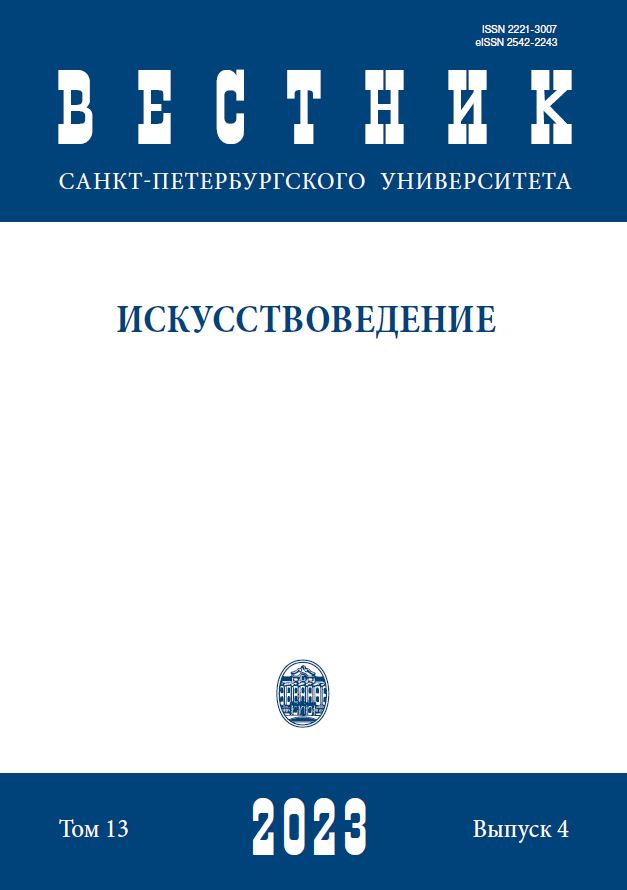Gender Settings in City Design
DOI:
https://doi.org/10.21638/spbu15.2023.409Аннотация
The article discusses the issue of gender principle in city design, which is presented to designers as the basic approach to the modern design theory. It’s manifestation in architecture and design can be considered in various aspects, related to composition in creating the architectural form: shape, color, texture, material. In addition to material components, gender in architecture and design is manifested in a special zoning of space and sound environment. The article also reveals the content of the categories of “feminine” and “masculine” in terms of the construction of gender metaphors: plastic contrasts, semantic contrasts, spheres of association. The issue of conscious consideration of gender factor in the design process raises the problem of understanding the general regularities of its development in the design of the city, the relationship with the socio-cultural processes and historical conditions. The authors consider the manifestation of gender factor at various levels of city design: formation of the image and branding of the city, the urban plan and urban structure, the urban ensemble and the architectural object, the design content of the urban environment, visual communications and dynamic forms. Each of the levels has a certain independence and its own forms of interaction with other types of design and artistic activity. Therefore, the manifestation of “gender” in urban design should be considered at similar hierarchical levels. As the study has shown, in architecture and art there is an increase in the diversity of gender manifestations, expanding the range of gender roles, increasing the contrast between feminine and masculine, gender metaphors act as a form of individualization and enhancement of expressiveness of the image. Metaphorical comprehension of the design situation in terms of feminine and masculine allows to reveal additional contrasts and enhance the expressiveness of the artistic image.
Ключевые слова:
gender, gender mainstreaming, gender attitudes, urban branding, urban ensemble, urban environmental design, artistic expression of objects
Скачивания
Библиографические ссылки
Загрузки
Опубликован
Как цитировать
Выпуск
Раздел
Лицензия
Статьи журнала «Вестник Санкт-Петербургского университета. Искусствоведение» находятся в открытом доступе и распространяются в соответствии с условиями Лицензионного Договора с Санкт-Петербургским государственным университетом, который бесплатно предоставляет авторам неограниченное распространение и самостоятельное архивирование.






